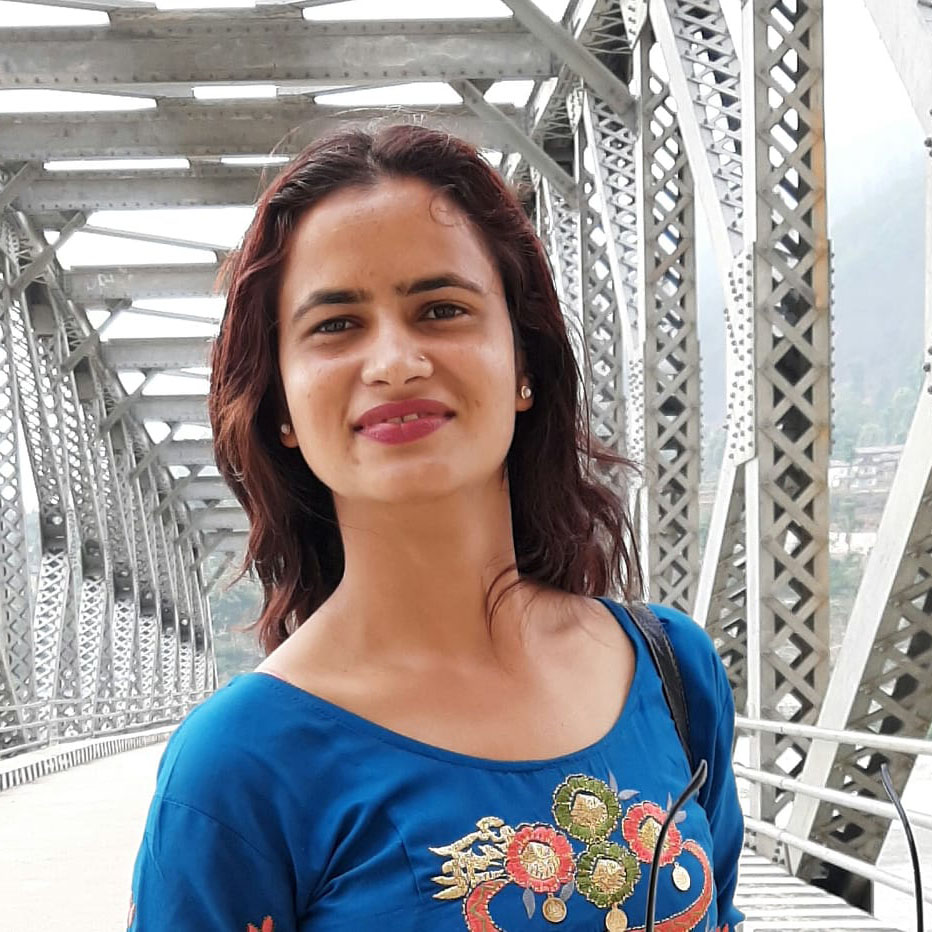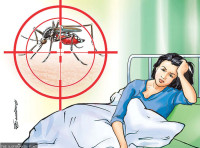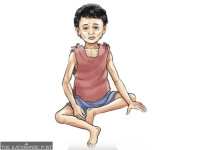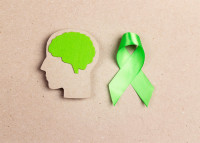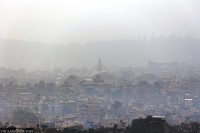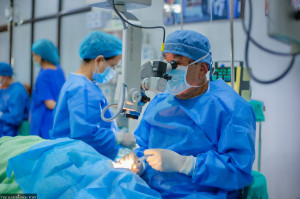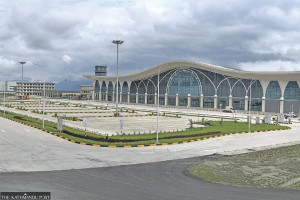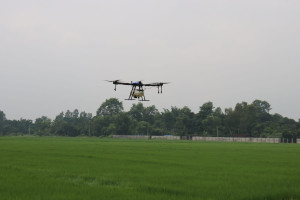Health
Leprosy survivors in Achham say life has improved but stigma lingers
Cases of the disfiguring disease in Achham are declining, but many may still go unreported out of fear of social exclusion, say officials.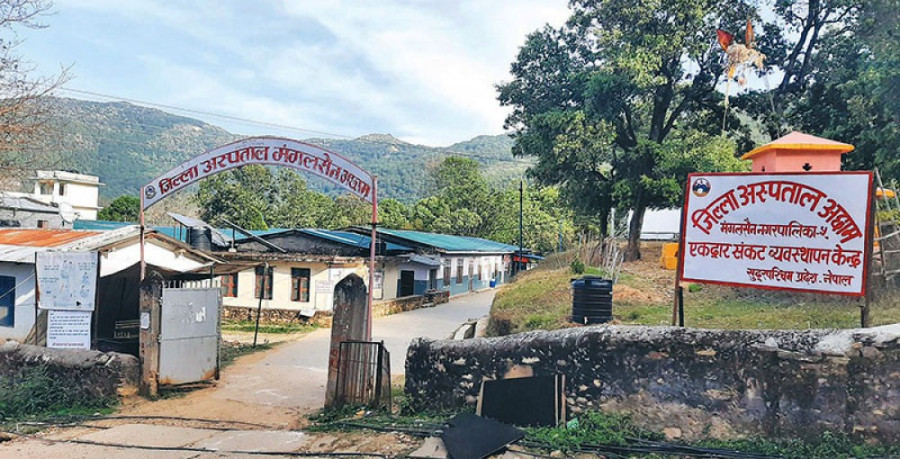
Menuka Dhungana
For more than 35 years, a 67-year-old man from Mangalsen, the district headquarters of Achham, has been unable to live a life of basic human dignity. Three and a half decades ago, he worked in the Indian state of Uttarakhand as a security guard. While there, he began experiencing severe skin problems. Red patches appeared on his body, his joints swelled, and pus accumulated in his nerves. Despite seeking medical treatment, his condition worsened. His hands and feet swelled, painful sores and blisters appeared, and fever and body aches followed. As he could not work anymore, he had no choice but to return home.
At the time, seeking medical treatment in Achham, a remote hill district in Sudurpaschim Province, was uncommon. By then, he had already developed leprosy, a chronic infectious disease caused by a type of bacteria called Mycobacterium leprae. Once word spread about his illness, his suffering intensified. Society ostracised him and his family was forced to isolate him in a cave near the jungle, just outside the village.
"When it was found that I had leprosy, the community decided to confine me to the cave. I had two daughters and a son then, who were old enough to understand," he recalled the miserable past. "My wife used to bring me food. She would stay at a distance and cry for hours. I also wept, blaming my fate. I spent several years in the cave,” he shared his ordeal.
Leprosy pushed life into secrecy and exclusion. Even now, he hesitates to reveal his identity. "I have never been able to show my face openly to friends, relatives or neighbours. Seventeen years ago, my son got married and soon after, my daughters had to marry as well. But because of my illness, no one initially wanted to establish marital relations with my family," said the man. "Many people still believe that leprosy is the result of sinful actions from past life. But what was my fault? My children and relatives suffered the consequences,” he laments.
Although his children eventually got married, he continues to face humiliation. His face, hands, and feet bear the visible marks of the disease, leaving him partially disabled.
A 70-year-old woman from Chaurpati Rural Municipality has faced a similar ordeal. Symptoms of leprosy first appeared in her nearly 40 years ago. She sought treatment from traditional healers and shamans, but her condition worsened. Diagnosed in her early thirties, she was separated from her four daughters and one son. Fearing social disgrace, her family forced her to live alone in a hut far from their home.
"After my diagnosis, even my relatives distanced themselves from my family. My children's marriages were at risk. To protect their future and maintain the family's dignity, I lived alone," she said, adding, "People seem to be more aware now, but still, no one dares to come close to me." She now receives regular medication from the district hospital and relies on her daughter in Mangalsen to help her visit the hospital.
Leprosy, which is curable with multi-drug therapy, is often misunderstood in Nepal. The disease is transmitted through nasal secretion or from droplets from the mouth. It affects the skin, peripheral nerves and eyes, leading to disfigurement and nerve damage. Leprosy medication is provided free of cost in Nepal. Leprosy patients in the country are ostracised due to superstitious beliefs and ignorance.
Health experts stress the need for awareness campaigns and active screening to detect cases early. Dipendra Joshi, a tuberculosis and leprosy inspector at the District Health Office in Achham, urges one and all to spread awareness and encourage people with leprosy patients to visit health institutions. “All should work together to make people know that leprosy treatment is available for free and consistent medication can cure the disease,” said Joshi.
Deep-rooted superstitions and misinformation are major hindrances to controlling the disease. "Many people still view leprosy as a divine curse or hereditary affliction, spreading unnecessary panic. Public awareness programmes are very important to control the disease," Joshi asserted.
Despite medical advancements, societal attitudes toward leprosy remain unchanged. Many patients hesitate to seek treatment due to social stigma, shame, and lack of awareness. Fear of rejection from their families and communities discourages them from coming forward, making early intervention difficult.
The battle against leprosy is not just medical—it is also social. Until the stigma is eradicated, individuals affected by the disease will continue to suffer in isolation, deprived of their basic rights and dignity.
According to data from the Health Office in Achham, 20 new cases of leprosy were reported in the fiscal year 2020-21, 25 in 2021-22, 20 again in 2022-23 and 2 cases have been reported so far in the current fiscal year of 2024-25 in the district. Officials, however, fear that many cases go unreported due to fear of discrimination and social stigma.




 11.12°C Kathmandu
11.12°C Kathmandu